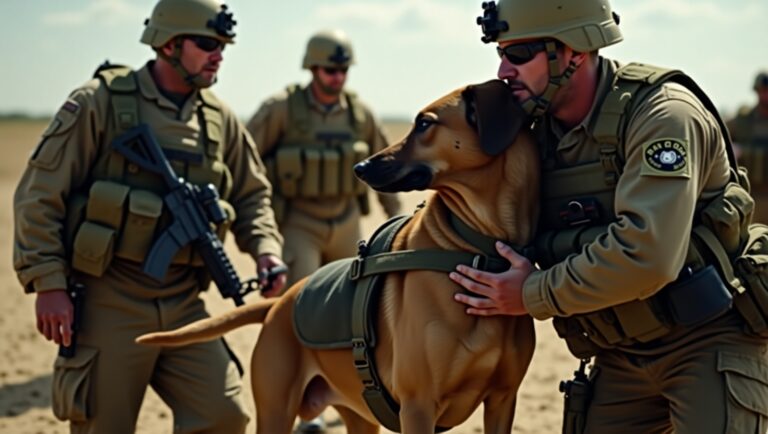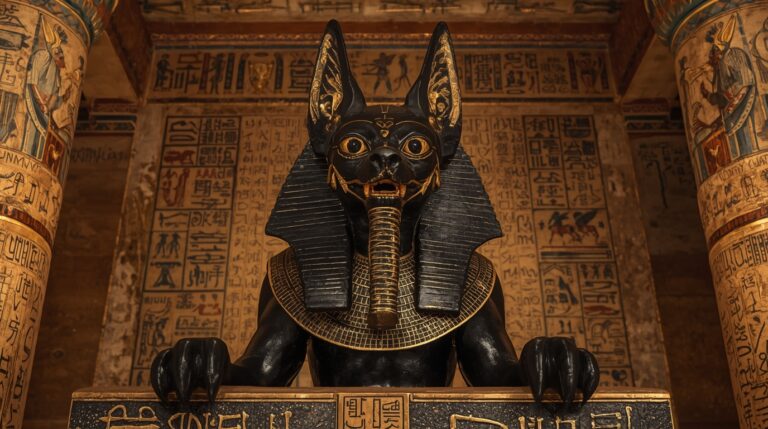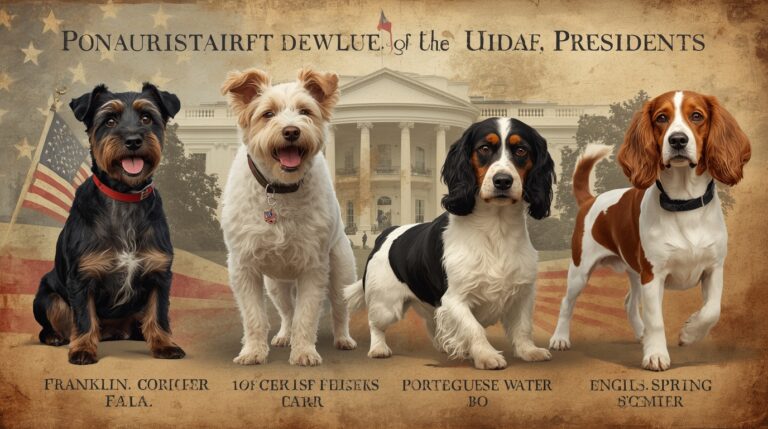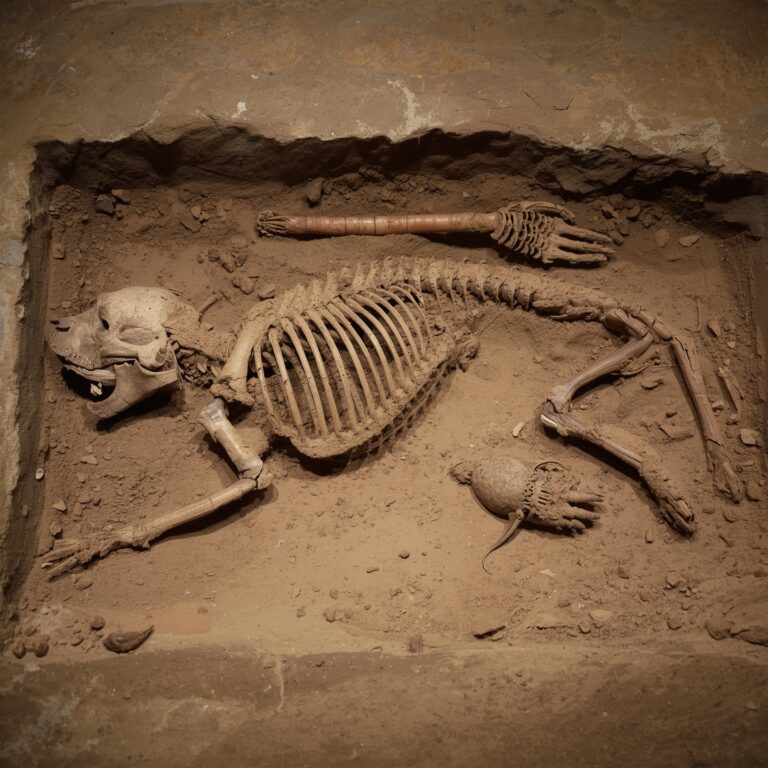Dog History by Region: A Complete 4000+ Word Exploration of Canine Origins Across the Globe
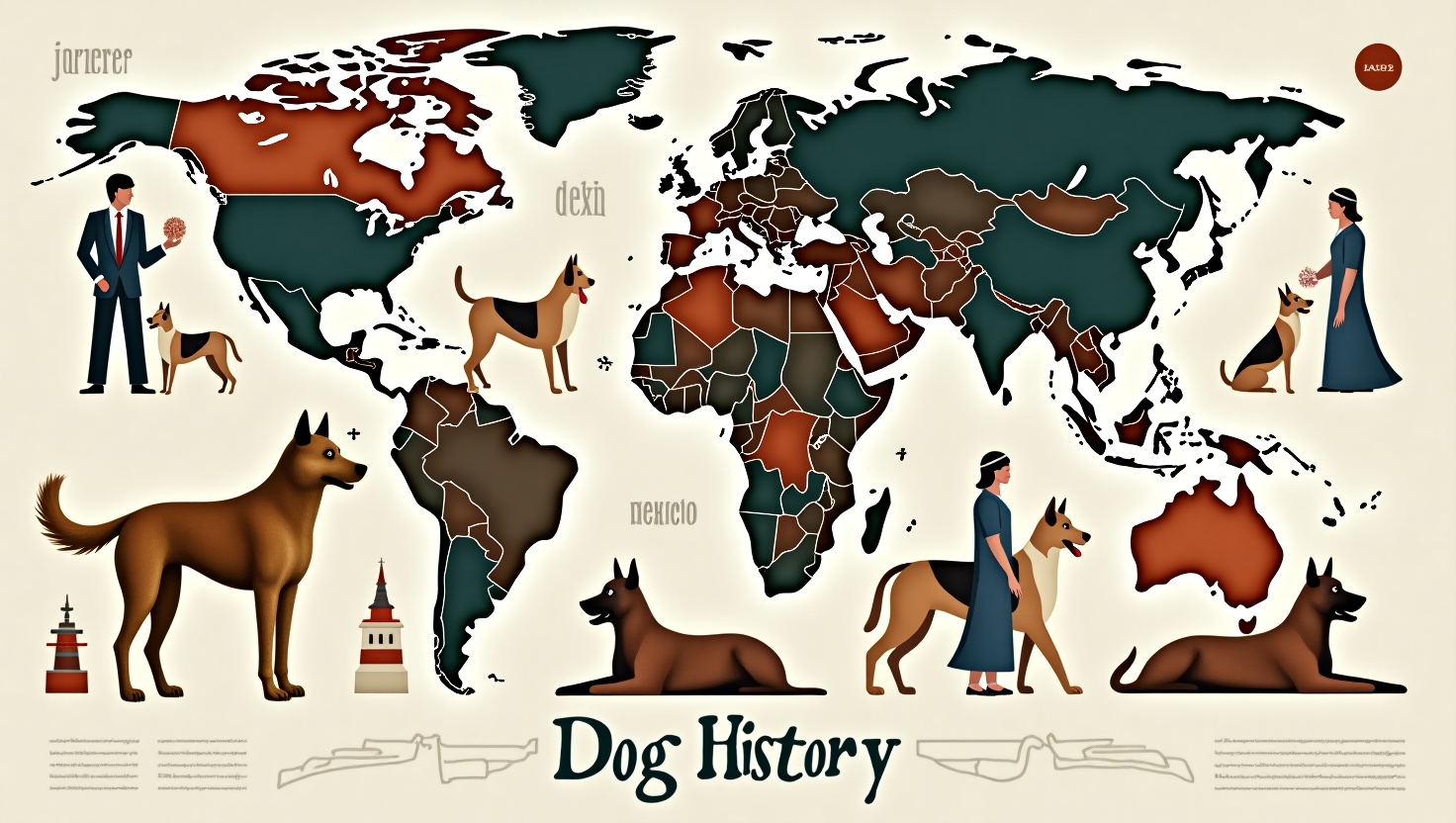
Introduction to Dog History
Dogs, Canis lupus familiaris, are the first animal species domesticated by humans. Their journey from wild wolves to household companions began more than 15,000 years ago, and possibly earlier. No other species has adapted so broadly and deeply to diverse cultures and geographies.
Domestication didn’t happen in one place or for one purpose. Across regions — from Asia’s rice fields to Africa’s savannas, from Arctic tundras to European castles — dogs served different roles: hunters, herders, guards, sled-pullers, and sacred beings. This article explores the regional history of dogs, highlighting how culture, environment, and human needs shaped the breeds and roles of dogs worldwide.
Origins of Dog Domestication
Modern genetic studies place the origins of dogs between 15,000 and 40,000 years ago, during the Upper Paleolithic era, when humans lived in small, nomadic groups. These early domesticated dogs likely descended from gray wolves (Canis lupus) and were initially scavengers on the fringes of human settlements.
Competing Theories of Origin:
- Single Origin Theory: Suggests that domestication happened once in East Asia, and dogs spread alongside human migration.
- Dual Origin Theory: Proposes independent domestications in both Europe and East Asia.
- Recent Genetic Evidence: Points to Central Asia and Siberia as likely hotspots due to high canine genetic diversity found there.
Fossil evidence supports these claims, such as:
- Goyet Cave, Belgium (31,700 BCE): Skull resembling an early dog, not a wolf.
- Razboinichya Cave, Siberia (33,000 BCE): Canid remains showing signs of domestication.
Regardless of origin, dogs evolved rapidly due to natural and artificial selection, aligning their behavior and traits with human preferences.
East Asia
China: Cradle of Early Domestication
Dogs appear in Chinese burials as early as 7000 BCE in sites like Cishan and Jiahu. Ancient texts such as the Shijing (Book of Songs) and oracle bones describe dogs used in rituals, hunting, and agriculture.
Iconic Breeds:
- Pekingese: Bred as companions for royalty in the Imperial Court. Their flat faces and compact size suited palace life.
- Shar Pei: Originated over 2,000 years ago. Wrinkled skin was said to protect against wild boars.
- Chow Chow: Multipurpose breed, used for pulling carts, guarding, and hunting. One of few breeds with a blue-black tongue.
These breeds reflect a preference for loyalty, alertness, and compact size, ideal for urban and court life.
Central Asia and Siberia
In nomadic societies of Central Asia, dogs were indispensable. They guarded flocks, accompanied caravans, and survived harsh winters alongside their human counterparts.
Notable Breeds:
- Tibetan Mastiff: Used by monks and nomads to guard monasteries and livestock. Bred for strength, independence, and night-time alertness.
- Laika (Russian breed group): Includes the West Siberian Laika and Yakutian Laika, used for hunting, sledding, and guarding.
Siberian dogs developed endurance and thick double coats. These breeds likely influenced Arctic sled dogs like the Samoyed and Alaskan Malamute.
Middle East
Ancient Mesopotamia and Persia
Dogs were referenced in Sumerian texts as hunting companions. In the Epic of Gilgamesh, dogs appear as divine guardians.
Important Breed:
- Saluki: Possibly the oldest domesticated dog breed, dating back over 7,000 years. Revered in Egyptian, Persian, and Bedouin cultures for their speed, grace, and loyalty.
The Saluki was mummified and buried alongside nobility, reflecting its spiritual and status role.
Africa
Dogs in Africa served tribal, agricultural, and spiritual roles.
Ancient Egypt:
- Dogs appear in tombs, paintings, and sculptures, especially in Saqqara and Giza.
- The god Anubis, protector of the dead, was represented with a jackal-headed figure.
- Dogs were often mummified and had dedicated burial grounds.
African Indigenous Dogs:
- Basenji: Central African hunting dog that uses sight and smell. Known as the “barkless dog” due to its unique yodel-like vocalizations.
- African Village Dogs: Free-ranging but semi-domesticated. Contributed to local gene pools for thousands of years.
In Africa, dogs were often independent, semi-feral workers rather than fully integrated household pets.
Europe
As agriculture spread through Europe, so did the roles of dogs.
Ancient and Classical Eras:
- Romans used dogs for warfare, guarding, and entertainment. Mosaics from Pompeii show dogs with inscriptions like “Cave Canem” (Beware of Dog).
- Greeks trained dogs for hunting, such as the Molossian Hound.
Medieval and Renaissance Europe:
- Dog ownership became a status symbol.
- Nobles bred sight hounds (e.g., Greyhound) for sport.
- Peasants used mastiffs and shepherd dogs for practical tasks.
Key Breeds:
- German Shepherd: Bred in the 19th century for herding in Germany. Known for intelligence and trainability.
- Rottweiler: Descended from Roman cattle dogs. Used in medieval Germany to drive livestock and guard carts.
British Isles
Britain was a hotbed for breed development, particularly during the Victorian era when breed registries and shows flourished.
Herding Dogs:
- Border Collie: Developed in the Scottish borderlands for intensive sheep herding.
- Old English Sheepdog: Used for driving sheep and cattle to market.
Hunting and Terriers:
- Beagle: Small hound used for rabbit hunting.
- Fox Terrier: Bred for flushing foxes from dens.
The Kennel Club (founded 1873) codified breed standards, encouraging selective breeding that defined many modern breeds.
Northern Europe and Scandinavia
In the harsh climates of Iceland, Norway, Sweden, and Finland, dogs evolved to handle snow, cold, and rugged terrain.
Sled and Hunting Dogs:
- Norwegian Elkhound: Used for hunting moose and bears.
- Finnish Spitz: Bark-pointing dog bred to alert hunters to game.
- Samoyed: Used by Siberian Nenets people for sledding and herding reindeer. Famous for their smile-like expressions.
Scandinavian dogs exhibit strong pack instincts, thick fur, and exceptional endurance.
North America (Pre-Colonial Era)
Before European colonization, Indigenous peoples used dogs for hunting, hauling, and ceremonial purposes.
Notable Breeds:
- Carolina Dog: A pariah-type dog found in the Southeast U.S. Genetic testing links it to East Asian dogs, suggesting early migration.
- Inuit Sled Dogs: Including the Canadian Eskimo Dog and Greenland Dog — essential for Arctic transportation and hunting.
Dogs were often buried with humans, reflecting spiritual significance in many tribes.
North America (Post-Colonial Era)
With European colonists came imported breeds that began shaping American dog lineage.
American Breeds:
- Boston Terrier: First U.S. breed, created by crossing bulldogs and terriers.
- Alaskan Malamute: Refined through Arctic exploration and sled racing.
- American Pit Bull Terrier: Developed from British bull-and-terrier breeds, originally used for farm work and protection.
By the 20th century, American breeders began focusing on companion breeds, leading to modern trends in pet ownership.
South America
Dogs arrived in South America with early humans via the Isthmus of Panama over 10,000 years ago.
Pre-Columbian Dogs:
- Chiribaya Dog: Mummified dogs discovered in Peru, indicating domestication by Chiribaya culture (900–1350 AD).
- Hairless Breeds: Like the Peruvian Inca Orchid, bred for warmth and believed to have healing properties.
These dogs were considered sacred, often buried with elaborate grave goods.
Australia and Oceania
The Dingo:
Arrived in Australia 3,500–5,000 years ago, likely via Austronesian seafarers. The Dingo walks the line between wild and domesticated. It helped with hunting, but also preyed on livestock post-colonization.
Modern Influence:
- Australian Cattle Dog: Created by mixing Dingoes with British herders like Collies to create a tireless herding breed.
Dingoes remain protected and controversial, representing both indigenous heritage and agricultural conflict.
Ancient Civilizations and Dogs
Dogs were embedded in:
- Greek Mythology: Cerberus, the three-headed dog, guarded the underworld.
- Egyptian Religion: Anubis symbolized death and embalming.
- Roman Military: Used mastiffs with spiked collars to fight alongside soldiers.
- Chinese Rituals: Sacrificed in funerary rites to protect spirits.
These civilizations elevated dogs from mere workers to symbols of loyalty, protection, and death.
Dogs in Medieval Europe
Dogs took on new symbolism during the Middle Ages:
- Hunting Dogs: Became elite symbols.
- Mastiffs: Used for castle protection.
- Monastery Dogs: Monks bred dogs for both guarding and companionship.
This era also saw the emergence of breed-specific functions, with monasteries like the St. Bernard Hospice beginning to formalize the St. Bernard breed.
Dogs During Industrialization
Urbanization in the 18th–19th centuries shifted dog roles:
- Ratters like Miniature Schnauzers became popular in urban Europe.
- Lapdogs such as Pugs and Cavalier King Charles Spaniels symbolized luxury.
Breed clubs, dog shows, and eugenics-influenced breeding began to standardize dog morphology over function.
Influence of War on Dog Breeds
World War I & II Roles:
- Messengers, sentries, and rescue dogs were critical to military efforts.
- Breeds like the Doberman Pinscher became associated with discipline and loyalty.
- German Shepherds were used in police and military across nations.
Post-war, these breeds gained widespread adoption due to their bravery and intelligence.
Modern Genetic Studies on Dogs
Recent genome sequencing reveals:
- East Asian dogs have the oldest genetic lineages.
- American breeds are the most hybridized.
- Over 400 recognized dog breeds today, many with unique regional adaptations.
DNA testing is also helping recover endangered breeds, such as the New Guinea Singing Dog.
Globalization of Dog Breeds
Globalization resulted in:
- Crossbreeding for aesthetics and trends.
- Decline of native pariah and village dogs.
- Export of Western breeds to countries with rich indigenous dog cultures.
Conservationists now advocate for preserving genetically diverse regional breeds, such as the Canaan Dog or Thai Ridgeback.
Conclusion
The history of dogs by region is not just a story of animal domestication — it’s a mirror of human migration, adaptation, and survival. From icy Arctic trails to tropical rainforests, dogs have adapted alongside us, shaping and being shaped by the people and places around them.To preserve this shared legacy, it’s essential to celebrate and protect regional breeds, their cultural significance, and their genetic uniqueness.

